TGF-β / Smad Signaling

The TGF-β family is generally classified into two sub-families, TGF-β ligands, and bone morphogenic protein (BMP) ligands. In canonical signaling, receptor activation lead to phosphorylation of a group of transcription factors called Smads. TGF-β ligands bind to type II receptors (TGF-β II) which recruit and phosphorylate type I receptor (TGF-β I) on serine/threonine residues. The TGF-β I then recruits and phosphorylates a receptor regulated Smad (R-Smad). The R-Smad binds to the common Smad (Co-Smad) and forms a heterodimeric complex. This complex then translocates into the cell nucleus where it binds with nuclear co-factors to regulate the transcription of various target genes. Dysregulation of TGF-β/Smad signaling pathway is associated with a number of pathological conditions including fibrosis, cancer, immunodeficiency, diabetes and cardiovascular diseases etc.
-
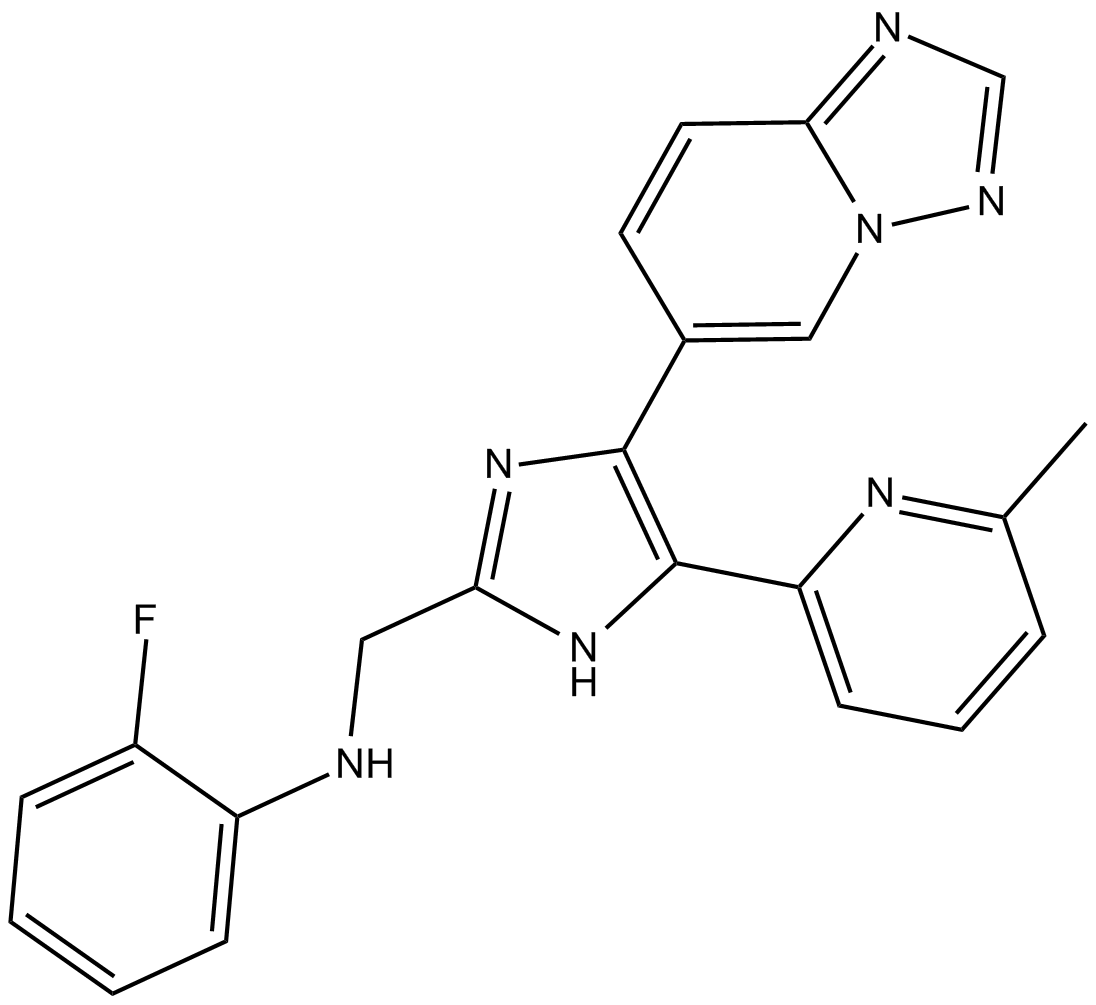 B5946 EW-71971 CitationTarget: BMP and Other Activin ReceptorsSummary: TGF-β I型受体激酶抑制剂
B5946 EW-71971 CitationTarget: BMP and Other Activin ReceptorsSummary: TGF-β I型受体激酶抑制剂 -
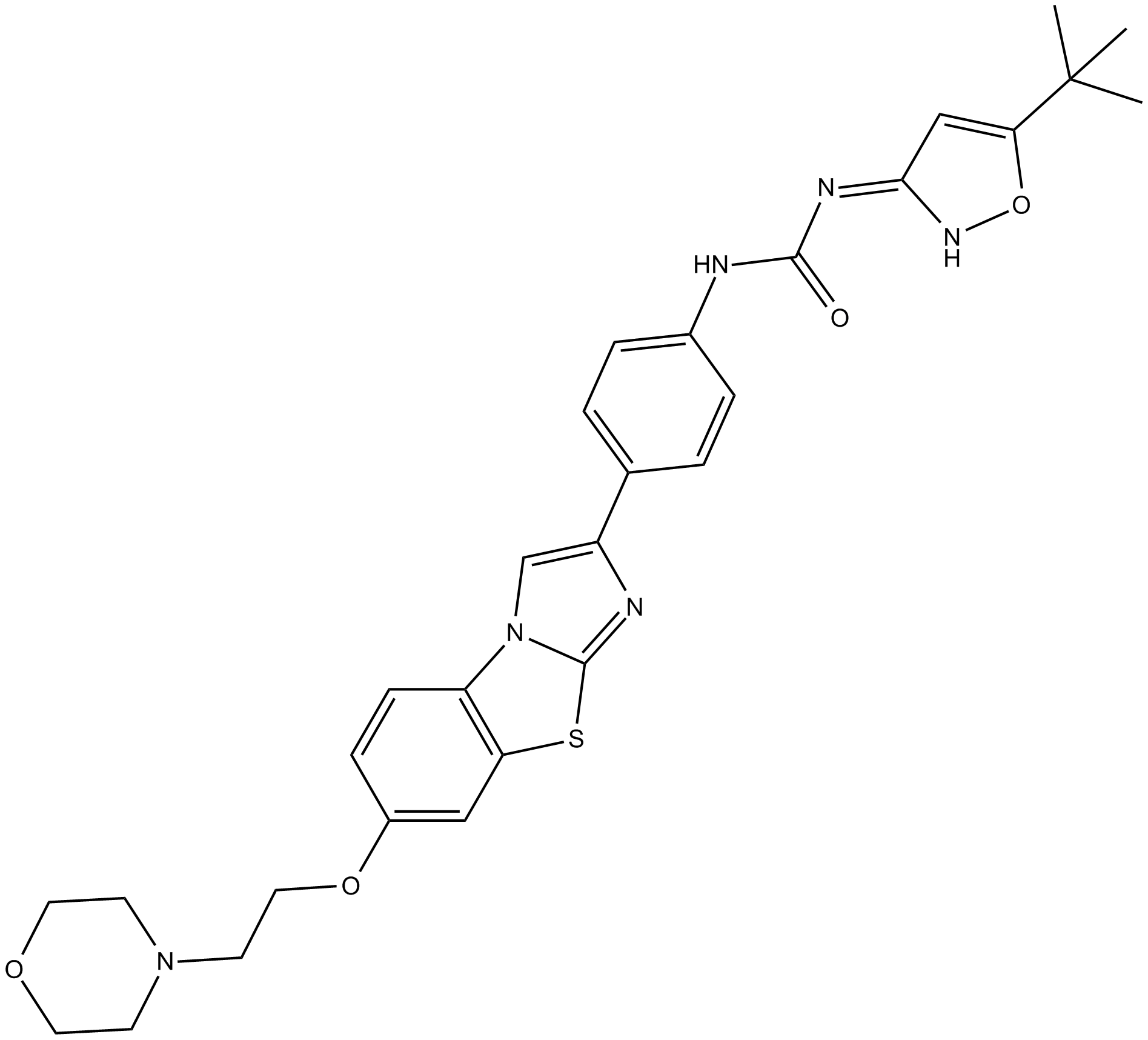 B5858 ITD 1Summary: TGFβ抑制剂
B5858 ITD 1Summary: TGFβ抑制剂 -
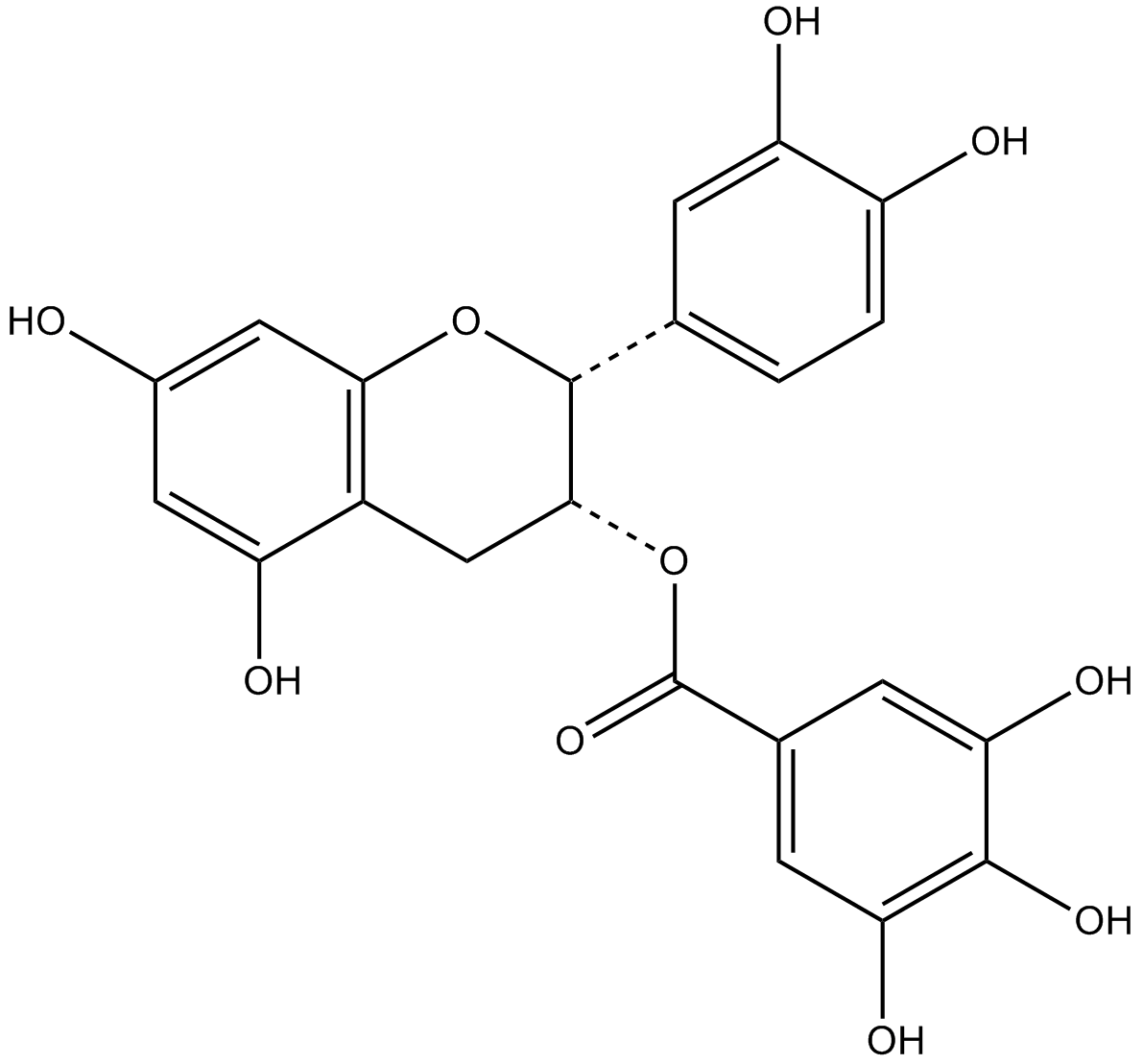 B4965 (-)-epicatechin gallate中文名: 表儿茶素没食子酸盐Summary: 儿茶素
B4965 (-)-epicatechin gallate中文名: 表儿茶素没食子酸盐Summary: 儿茶素 -
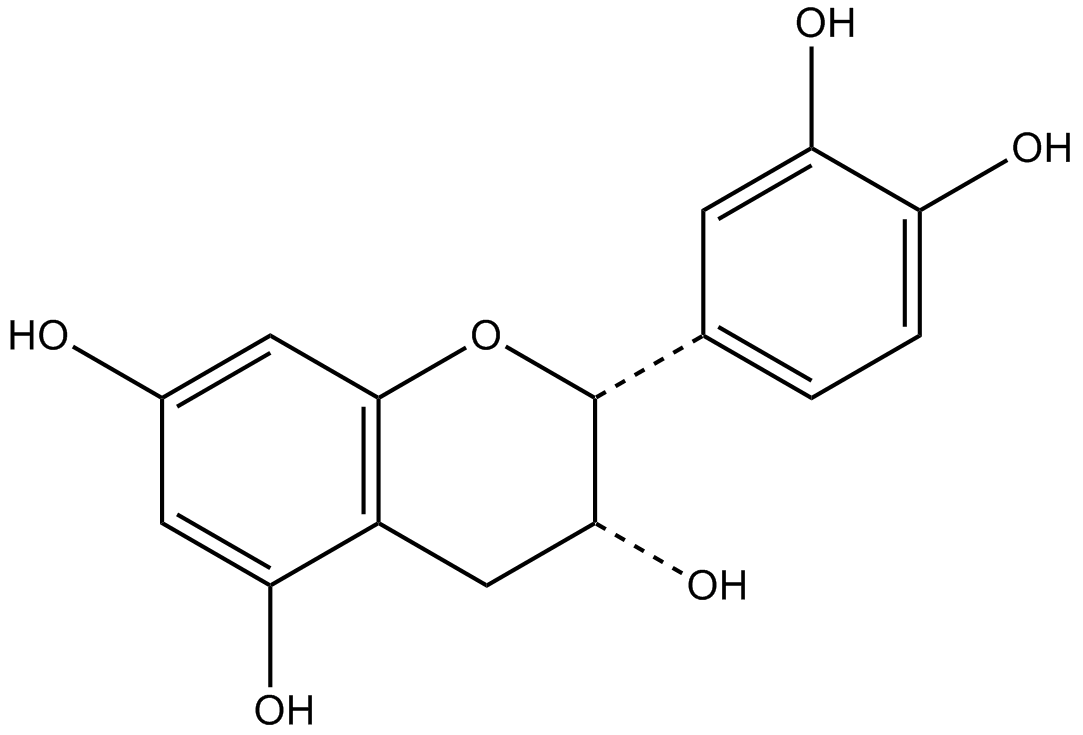 B4964 (-)-epicatechin中文名: 表儿茶精Summary: 胰岛β细胞再生的诱导剂。
B4964 (-)-epicatechin中文名: 表儿茶精Summary: 胰岛β细胞再生的诱导剂。 -
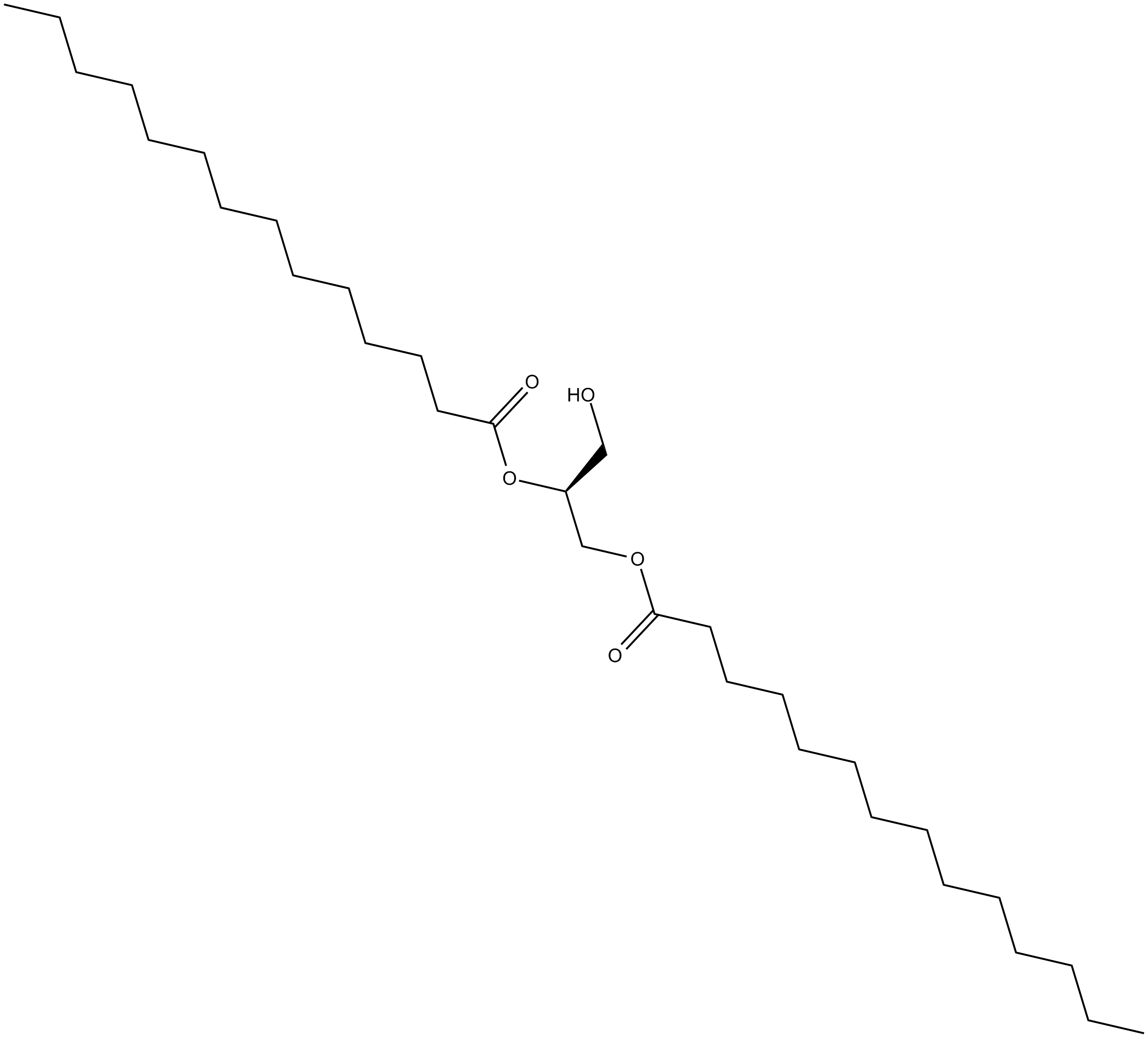 C4885 1,2-Dimyristoyl-sn-glycerol
C4885 1,2-Dimyristoyl-sn-glycerol -
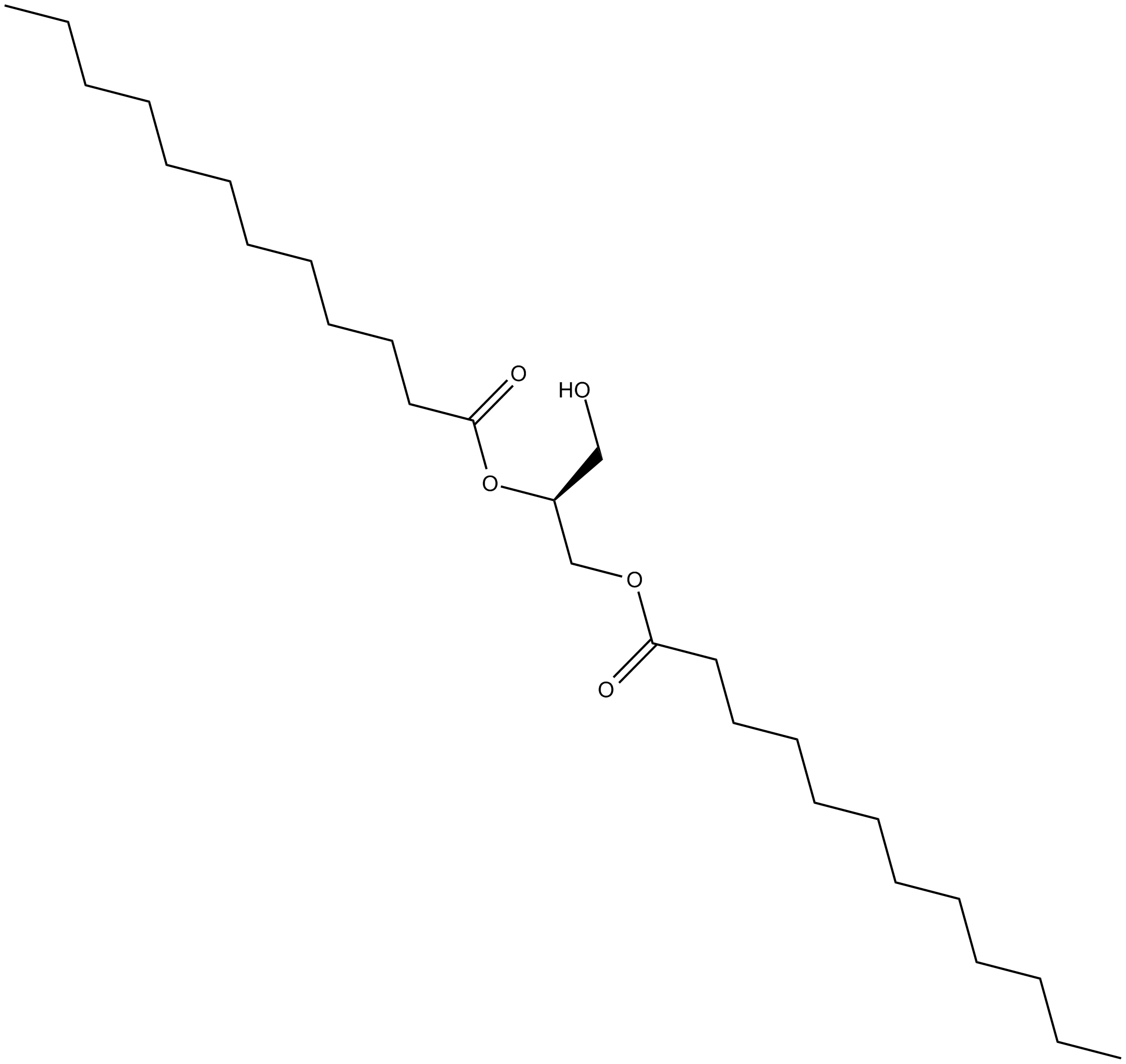 C4882 1,2-Dilauroyl-sn-glycerol
C4882 1,2-Dilauroyl-sn-glycerol -
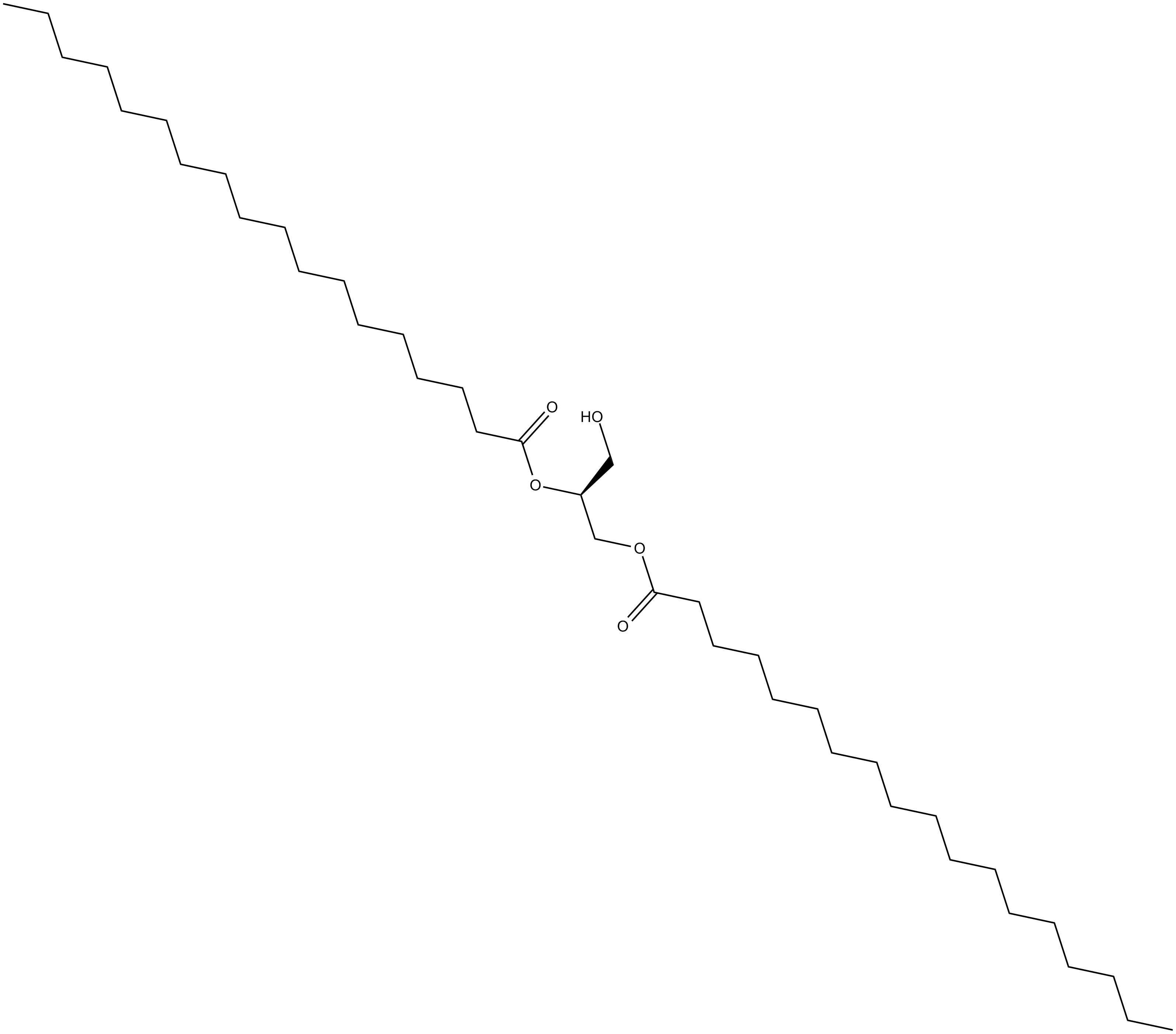 C4877 1,2-Distearoyl-sn-glycerol
C4877 1,2-Distearoyl-sn-glycerol -
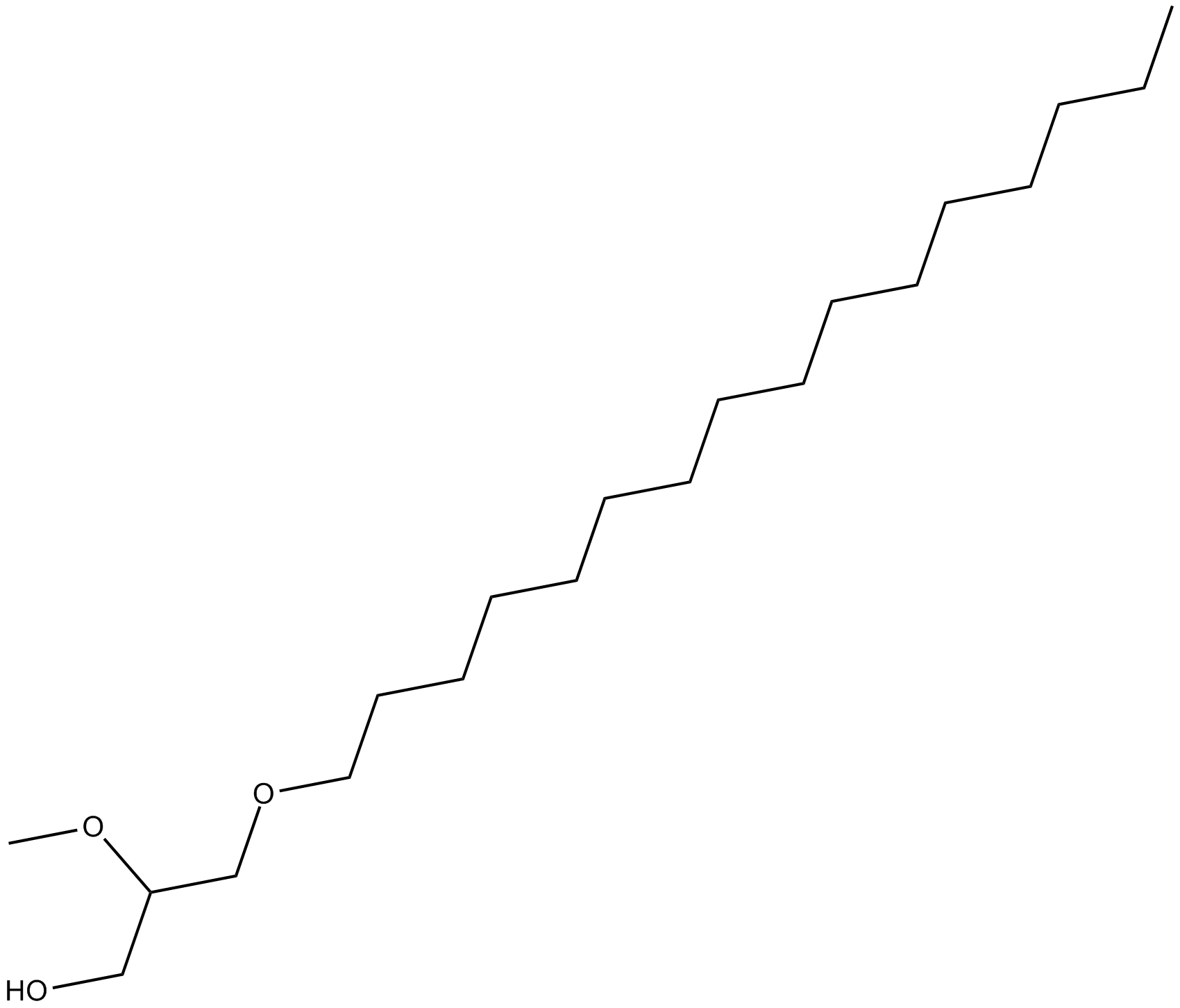 C5388 Hexadecyl Methyl GlycerolSummary: 蛋白激酶C活性抑制剂
C5388 Hexadecyl Methyl GlycerolSummary: 蛋白激酶C活性抑制剂 -
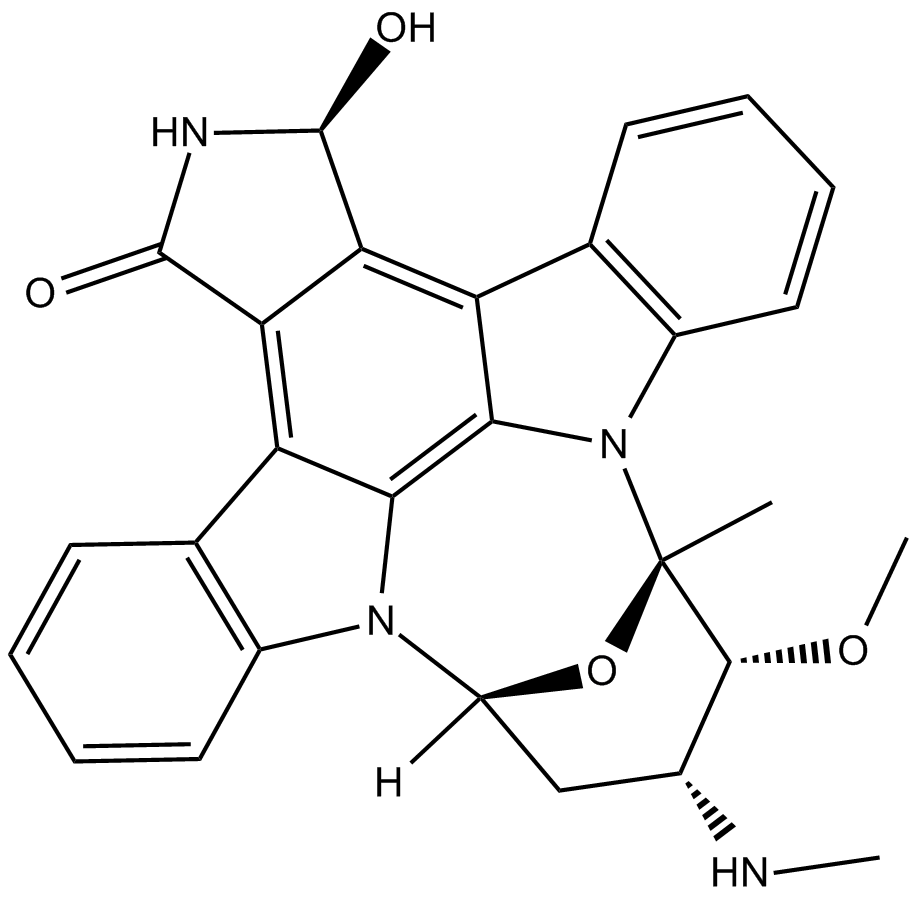 C4829 UCN-02Summary: 蛋白激酶C抑制剂
C4829 UCN-02Summary: 蛋白激酶C抑制剂 -
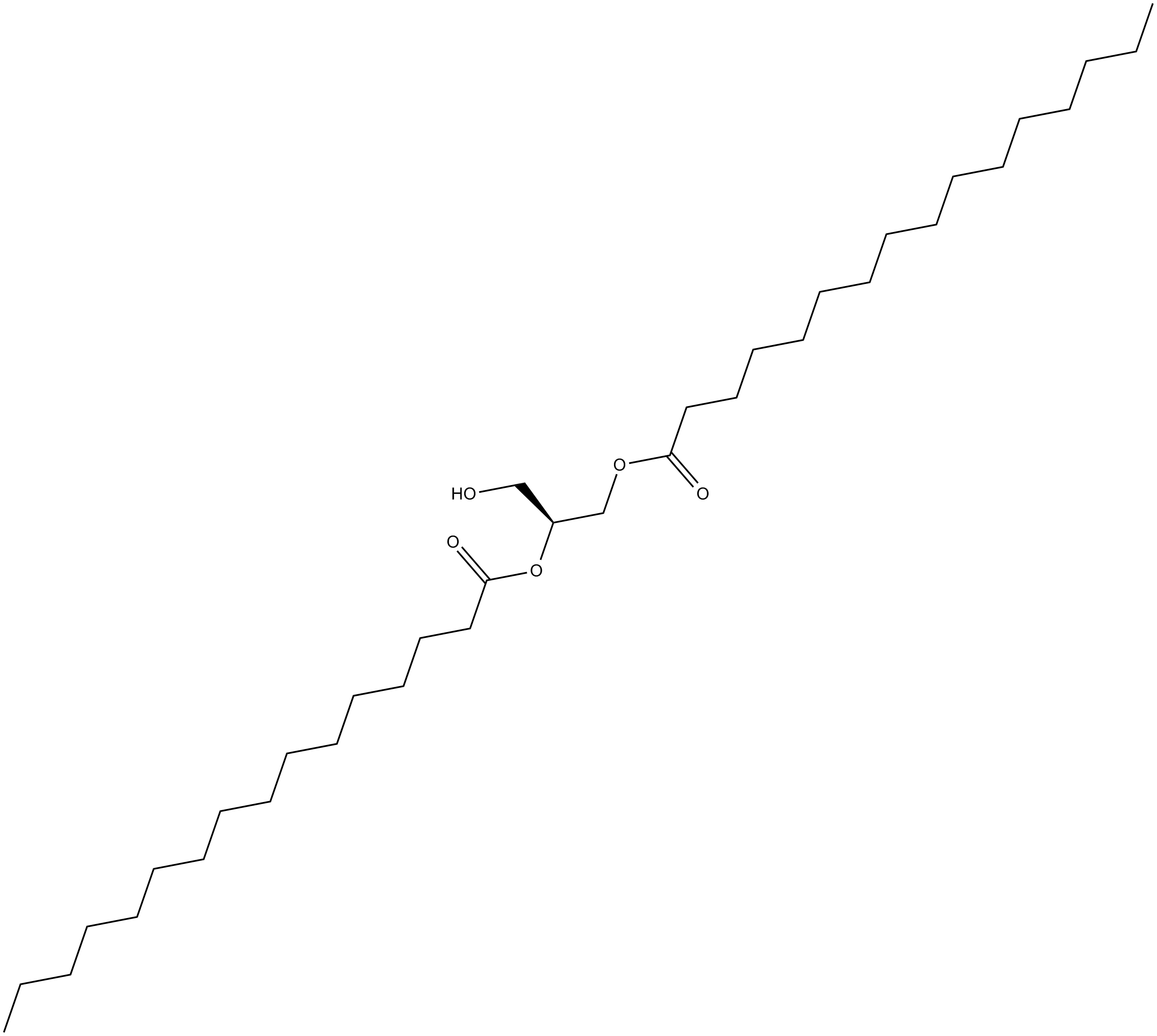 C4703 1,2-Dipalmitoyl-sn-glycerolSummary: PKC的弱激活剂
C4703 1,2-Dipalmitoyl-sn-glycerolSummary: PKC的弱激活剂

